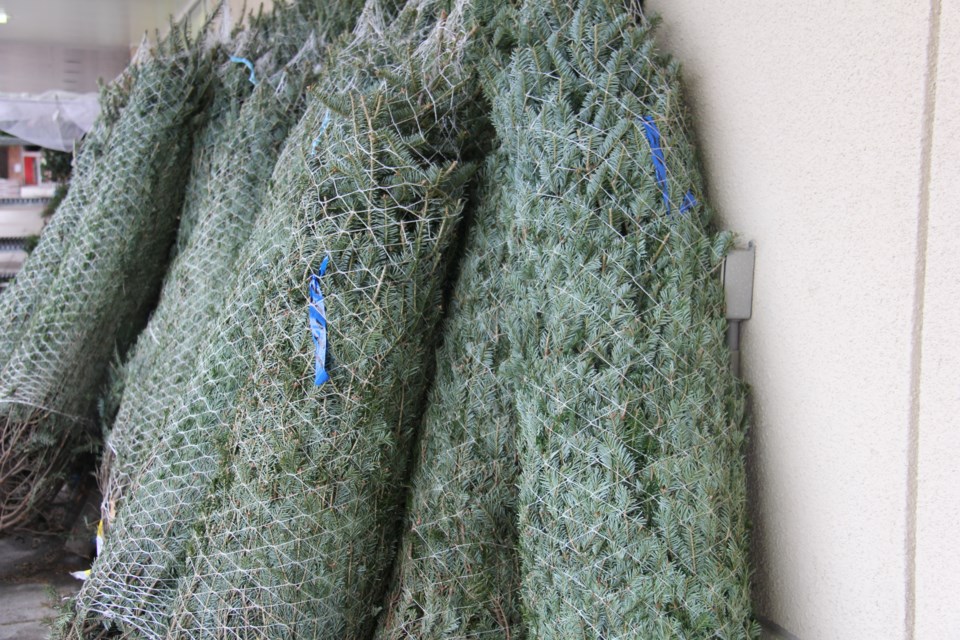Some unsold Christmas trees in Guelph will still be going to good cause.
For 20 years the St. Matthias Anglican Church sold Christmas trees as a fundraising project for its various programs. When the St. Matthias location on Kortright Road closed in 2013, the newly formed St. Matthias/St. James tandem partnered with the Guelph YMCA-YWCA to continue selling the trees that funded programs at both places.
“We almost always sell out, but I don’t know what happened this year. We had 400 trees and 40 of them didn’t find a home,” said organizer Laurie Douglas.
So organizers set about finding out what to do with the 40 balsam trees they had left.
“As stewards of the environment, we have tapped into a new partner, the Royal Botanical Gardens,” Douglas said of where the unsold Christmas trees will be delivered.
Although delivery has been delayed by a day because of Monday’s snowfall, a volunteer will be delivering the 40 trees to a Hamilton location where they will be used to help rebuild creek channels.
The Royal Botanical Gardens project is seeking 3,200 Christmas trees to be placed at the mouth of Grindstone Creek, helping rebuild creek channels that will work toward restoring floodplain ponds which are being destroyed by invasive non-native common carp.
“Creek channels that have disappeared since the invasive non-native Common carp have been prevalent in Hamilton Harbour,” explains the Royal Botanical Garden website.
“Rebuilding the creek channel allows RBG to work toward restoring the floodplain ponds by protecting them from the destructive activity of carp. This facilitates the regrowth of marsh plants creating habitat for native fish and wildlife.
”Old Christmas trees are an ideal building block for these areas with fluctuating water levels. They sit on top of the unconsolidated mud without sinking into it, however when they are packed down tight they create a barrier to fish.”
